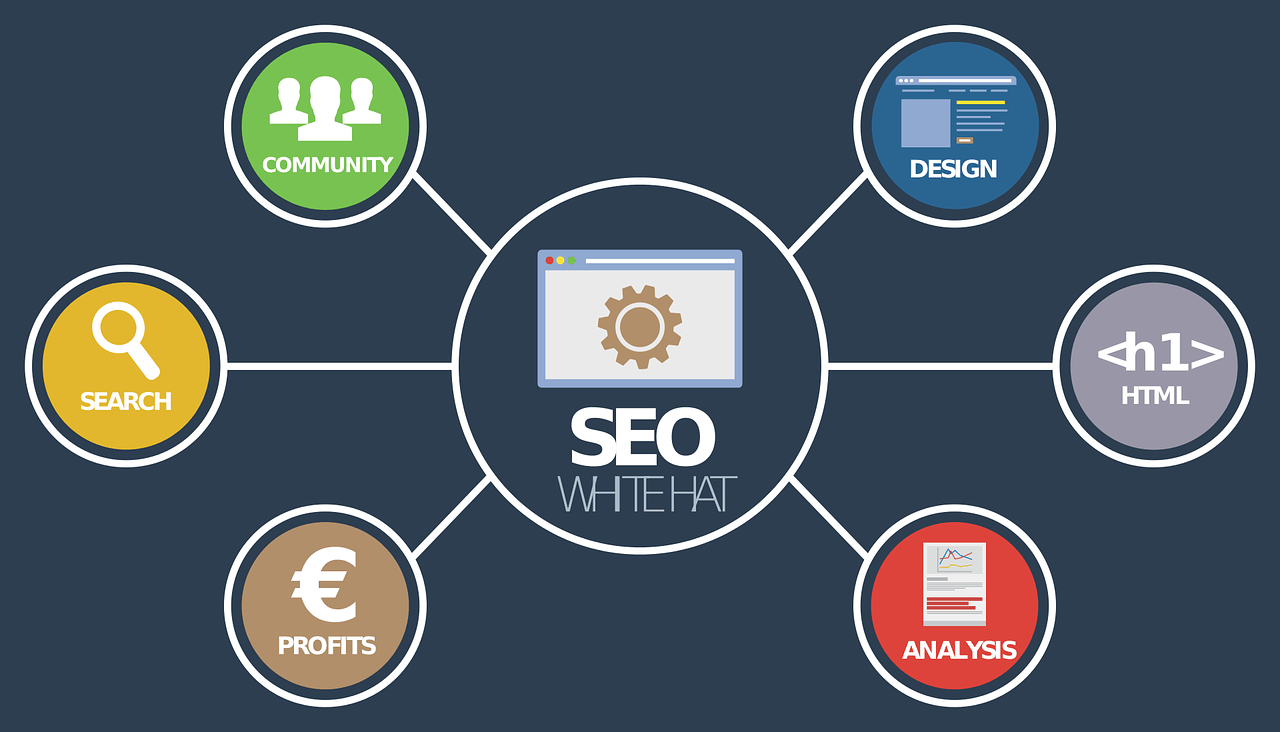For years, SEO was all about one thing: keywords. They kept getting fed into titles, headers, and meta tags in an effort to reach the top of Google’s search results. But times have changed. With the impact of artificial intelligence on the way search engines interpret language, the emphasis has turned from simple word matches to comprehension. Welcome to the age of Semantic Search, where context, purpose, and relationships between concepts are more important than precise phrases.
In 2025, the question isn’t about how many keywords you can stuff into a post—it’s about how well your content satisfies the user’s intent. And that change has dramatically altered how SEO functions.

What Is Semantic Search?
Semantic Search is the technology that enables search engines to pick up on intent behind a query instead of the words themselves. Rather than matching a phrase word for word, it considers the intent behind what someone types (or says). For instance, if one enters “best phone for photography,” the engine doesn’t simply search for pages that include those exact words—it searches for pages about phones with great cameras, user reviews, and comparisons of camera performance.
Modern Semantic Search employs AI models that can understand natural language and identify context. These models decipher synonyms, user history, as well as sentence construction to give more accurate and relevant outputs. It’s what makes search engines powered by AI intuitive and conversational rather than mechanical.
How We Got Here: From Keywords to Meaning
Early in the game of SEO, success had been about optimizing for individual keywords. Companies fought hard to rank for short, high-traffic phrases such as “cheap flights” or “buy shoes online.” The issue was that this led to an influx of superficial, redundant content that did not always serve user purposes.
With advances in search engines, they started to value quality, context, and depth. Google’s most significant algorithm changes—such as Hummingbird, RankBrain, and BERT—brought us closer to Semantic Search one by one. All these updates made algorithms learn to understand the connections between words and their purpose. In short, the web transitioned from keyword searches to concept discoveries.
Now, Semantic Search doesn’t merely see words—it knows subjects. A page on “alternative energy” can rank for queries such as “green sources of energy” or “carbon footprint reduction,” even though it doesn’t have those exact words anywhere on the page.
AI: The Driving Force Behind Semantic Search
Artificial intelligence is the foundation of Semantic Search. Machine learning algorithms such as natural language processing (NLP) and deep neural networks enable search engines to comprehend human language in context. Rather than considering keywords in isolation, AI analyzes sentence meaning, tone, and entity relationships.
AI drives personalized results as well. When you query “best laptop,” the engine now takes your location, browsing history, and device type into account before showing you results. That is personalization characteristic of Semantic Search, where relevance is established by individual context and not global keyword competition.
Voice search and conversational AI assistants have driven this trend forward. When a user says, “Find me an open café near me now,” the system needs to understand time, location, and intent—all semantic understanding fundamentals.
What This Means for SEO Professionals
The move to Semantic Search doesn’t signify the death of SEO—it signifies it’s changing. Rather than being about hard-and-fast keyword combinations, effective SEO today is about meaning, user intent, and topic groups.
Here’s what marketers and businesses need to pay attention to:
Intent-Driven Content: Know what users are trying to accomplish when they search. Build pages that provide real answers, fix problems, and deliver value beyond superficial information.
Topic Relevance Over Keywords: Rather than optimizing for a single term, create content around a topic. This informs search engines how your page sits within a larger context.
Structured Data & Entities: Employ schema markup to allow search engines to recognize people, places, products, and relationships within your content.
Natural Language: Write like a human, not like a machine. Semantic Search prefers conversational, context-conveying language that mirrors actual user queries.
More Complete Answers: The more comprehensive your content, the more cues search engines have about relevance. Provide related subtopics and examples that add context.
The keyword density days are behind us. Now it’s all about depth, authoritativeness, and user satisfaction—all of which tie in with how Semantic Search interprets meaning.
How Semantic Search Enhances the User Experience
The elegance of Semantic Search is that it can human-think. Users no longer need to enter flawless phrases to receive useful results. Whether they enter “weather tomorrow” or ask “Will it rain tonight?” the engine provides correct, contextual responses.
This development makes online discovery more natural and effective. Rather than infinite scrolling, users are provided with what they want more quickly. For content creators, it is about writing narratives people care about—not algorithms.
Furthermore, Semantic Search facilitates eradicating keyword trickery. Sites based on real expertise and credible content rank higher than those based on keyword stuffing. It promotes a healthier, more user-centric internet environment.
The Role of Keywords in a Semantic Era
So, is this truly the end of keywords? Not quite. Keywords still matter—but their role has changed. They serve as entry points, not the destination. While Semantic Search focuses on meaning, keywords provide the foundation that helps AI understand what your content is about.
Visualize keywords as clues and not as absolute targets. Don’t overuse the same word in repetitions, but instead take slight variations and semantically close keywords. For instance, in a blog post on “digital marketing,” you can use words like “online advertising,” “content approach,” or “social media outreach.” Such variation gives your content more relevance in the perception of Semantic Search algorithms.
Short, the keyword era is not dying—it’s growing up. No more repetition; it’s now about representation.

The Future of Search: AI and Human Understanding
As artificial intelligence marches forward, Semantic Search will grow wiser. Search engines in the future will “get” emotions, tone, and even unstated implications. They’ll be able to recognize if a user wants information, products, or entertainment, and act accordingly.
Over time, Semantic Search may integrate with predictive AI, pre-emptively knowing what users require before even asking. Picture yourself opening your browser to find articles, tools, and recommendations elegantly aligned with your agenda for the day. That is where SEO is going—a future where discovery is natural, not laborious.
Conclusion
The shift from keywords to Semantic Search is one of the most significant in the history of SEO. The internet is no longer about pursuing algorithms—it’s about knowing people. By mapping content to human intent, companies can succeed in an era where meaning is the new measure of success.
The message is unmistakable: write no more for search engines and write more for people. Because in the era of Semantic Search, relevance is determined not by repeating the same word numerous times, but by how well you resonate with the intent of the user.




